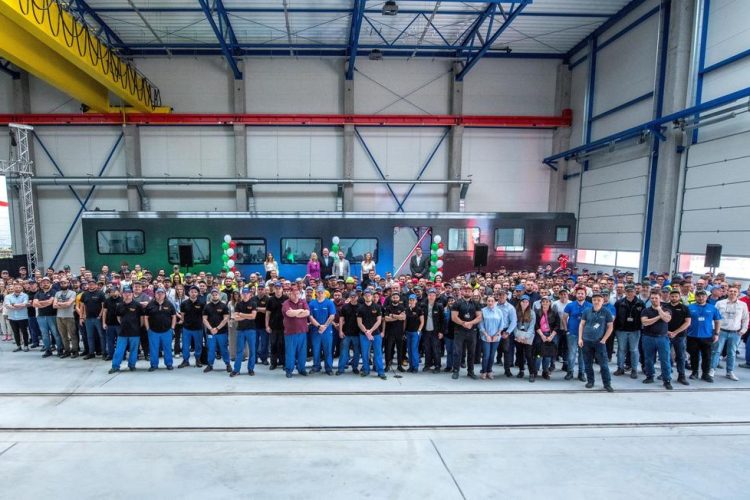Alstom boosts train production in Poland with major investment to meet European rail demand
Posted: 29 May 2025 | Gabriel Higgins | No comments yet
Alstom invests PLN 487 million to expand production in Poland, supporting over 200 international train orders across Europe.


Alstom is significantly expanding its rolling stock production capacity in Poland with a five-year investment totalling PLN 487 million, spanning 2022 to 2027. The development includes key sites in Chorzów, Wrocław, Nadarzyn, and Świętochłowice, with PLN 320 million already spent on infrastructure, including a new aluminium welding line in Wrocław that expanded production beyond carbon steel components.
Details on Alstom train production in Poland
Beata Rusinowicz, Managing Director of Alstom in Poland, Ukraine, and the Baltic States, said: “With new production capacities in our Polish sites, we are planning to execute an ambitious portfolio of orders for international clients. This includes the production of Coradia Stream trains for Denmark, Romania and Bulgaria, as well as double-decker Coradia Max trains for German rail operators from the Bremen – Lower Saxony (LNGV), Baden-Württemberg, and Main-Weser networks. Orders from these clients include a total of over 200 units.”
An additional PLN 170 million will be invested by 2027 in the Chorzów site, Alstom’s largest in Poland. The plan includes new halls totalling nearly 8,000 square metres, modern production lines, a railway track, and equipment for building both double-decker and single-deck trains for clients across Europe.
Join our free webinar: Rail cyber-security in a time of technological and regulatory transformation
Join our expert panel, including speakers from Nokia and Siemens Mobility, to explore the critical convergence of cybersecurity and 5G rail comms.
Date: 3 Dec | Time: 15:00 GMT
Can’t attend live? No worries – register to receive the recording post-event.
Chorzów, having delivered 1,300 cars for 324 Coradia Stream EMUs for the Italian market over six years, marked the end of that contract in spring 2025. Alstom also strengthened its capacity with a new 10,000-square-metre hall in Świętochłowice, where train components and metro car subassemblies are produced.
“We are working hard to meet a growing demand for high-quality rolling stock in both the European and global markets,” added Rusinowicz. “Polish teams play a key role in delivering safe, sustainable and accessible mobility.”
Stay Connected with Global Railway Review — Subscribe for Free!
Get exclusive access to the latest rail industry insights from Global Railway Review — all tailored to your interests.
✅ Expert-Led Webinars – Gain insights from global industry leaders
✅ Weekly News & Reports – Rail project updates, thought leadership, and exclusive interviews
✅ Partner Innovations – Discover cutting-edge rail technologies
✅ Print/Digital Magazine – Enjoy two in-depth issues per year, packed with expert content
Choose the updates that matter most to you. Sign up now to stay informed, inspired, and connected — all for free!
Thank you for being part of our community. Let’s keep shaping the future of rail together!
Related topics
Digitalisation, Electric/Hybrid Rolling Stock, Infrastructure Developments, Rolling Stock Maintenance, Rolling Stock Orders/Developments, Sustainability/Decarbonisation, Technology & Software, The Supply Chain, The Workforce








